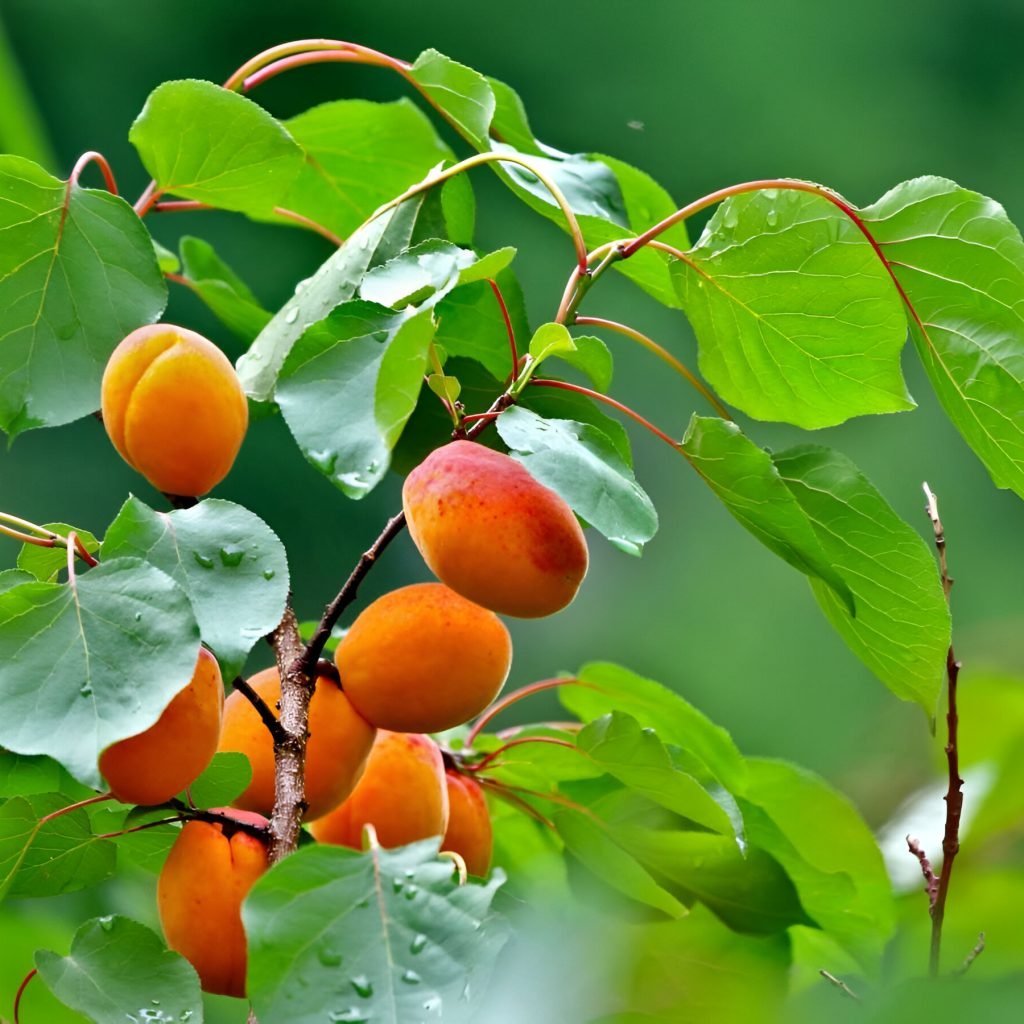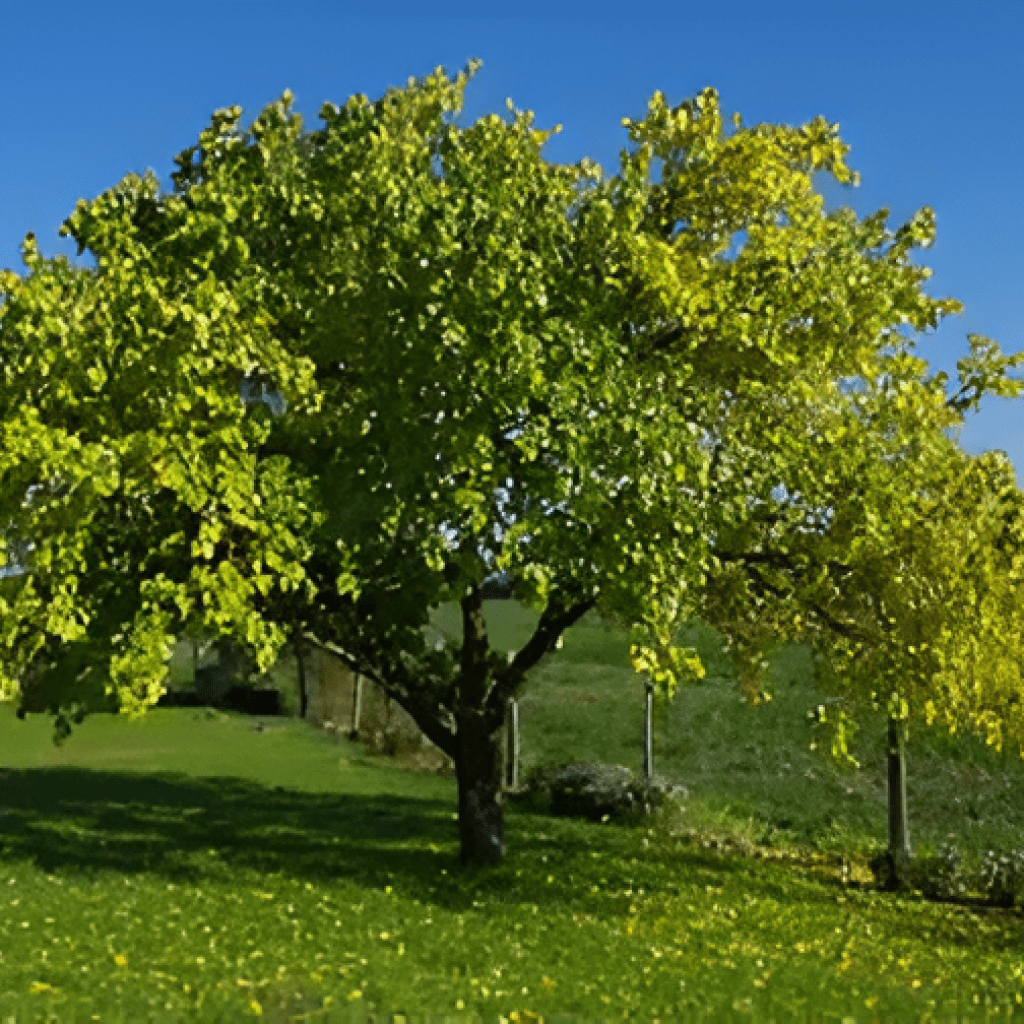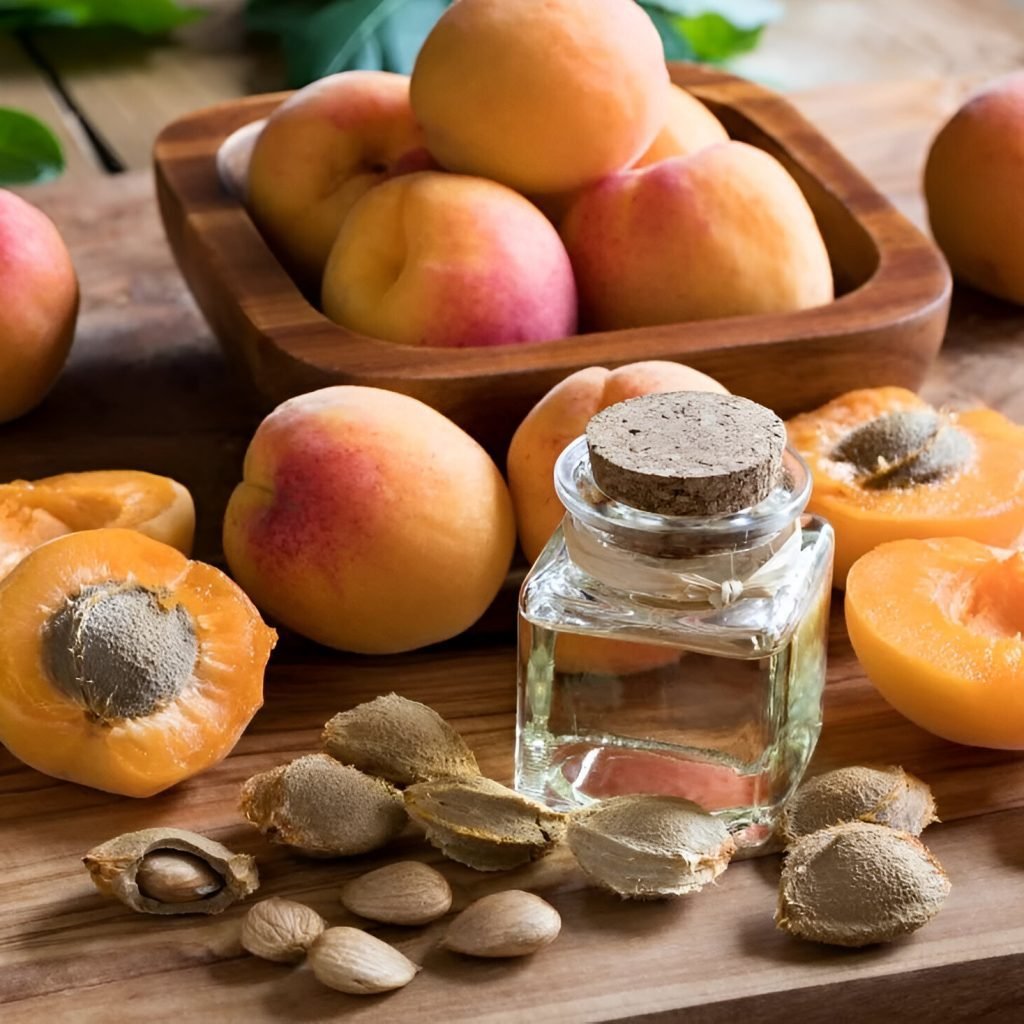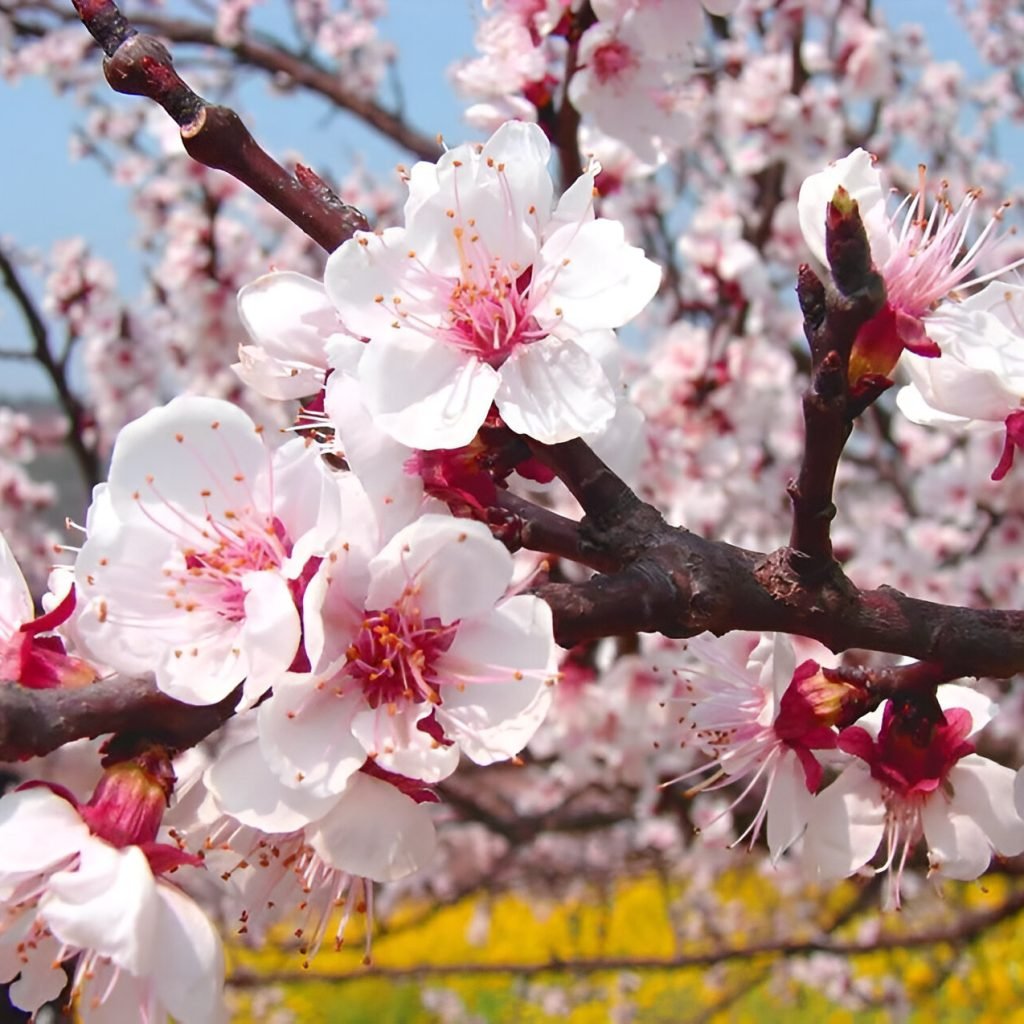Apricot: definition, how to grow it, diseases, care for it
Introduction to apricot
A small, spreading tree with broad, oval leaves with pointed tips. The leaves are bright green and are erect on the branches. The self-pollinating flowers are white in full bloom and borne singly or doubled at a node on very short stems. The fruit is round to oblong in some varieties, and somewhat flat
- Good source of vitamin A
- It contains a high percentage of natural sugar.
- Dried apricots are an excellent source of iron.
- Apricot seeds have been used to treat tumors

Basic care guide
There are many types, including:
- Apache Apricot
These apricots have an attractive, pink-coloured skin, much like a mango.
- Blenheim
One of the most popular apricot varieties, it is easy to grow and late maturing, making Blenheim an attractive variety for growers in temperate climates.
- Chinese (Mormon)
Chinese apricot trees feature pink flowers and bright yellow-orange fruits. They are highly prized for their beauty. Chinese apricots also contain an edible kernel with a sweet taste.
- Client
Although also known as Japanese apricot, mukil apricot has been widely cultivated in China and Korea for 1,500 years. While the fruits of this variety are edible, they are highly prized for their ornamental value.
Throughout spring and early January, the Mokelle apricot tree will produce beautiful, fragrant red, white or pink flowers that produce a rich scent.
- Red-orange apricot
This apricot is especially convenient when it comes to harvesting.
The fruits remain on the tree even after they mature. After being picked, the fruits are also well preserved, which can save you from spoiling the fruit before you can consume it.

The amount of water needed
- Newly planted trees will need more water than mature trees. In fact, it is enough to drink about 5 gallons of water (one large bucket) about 1-3 times a week.
- This frequency depends on your soil type (such as sandy or loamy), the tree's size (such as dwarf or semi-dwarf) and the weather. For example, if it rains all week, you won't need to water. However, if it is very hot in the summer, you will need more water. But the most important thing is not to overwater because this will cause the roots to rot
- Trees (planted for more than a year) only need watering when there is little rainfall or when they suffer from drought. Water when the top eight to ten inches of soil are dry
- Do not water the upper part of the tree, i.e. the trunk, leaves and branches. If you do this, it may lead to diseases
- Don't forget the tree in winter. It still needs to be watered if there is not enough rain
Suitable lighting for him:
It is important to maximize tree growth with unlimited access to direct sunlight for at least 8 hours per day. Lack of exposure to sunlight reduces the qualitative characteristics of the fruits
- Temperatures :
- The ideal temperature range for apricots during the growing season is 18-30°C (65-85°F). Temperatures above 35°C (95°F) may be harmful to fruits and flowers. More specifically, temperatures of 38°C (102°F) during fruit enlargement and ripening can cause fruit burn and deteriorate fruit quality.
Suitable living conditions
- An area with cold winters. The tree is slightly more cold-resistant than peaches
- These trees tend to flower very early, so the necessary measures must be taken in the event of spring frosts (smoking, spray irrigation).
- Suggested use:
- Apricot fruit can be eaten fresh, pitted, dried, frozen, or canned. They can be used in desserts, juices and flavourings
- Introduce this tree into your landscape design
- Apricots like deep, fertile, moisture-retentive but well-drained soil that is slightly acidic to ideally neutral. Avoid planting in poorly drained soil, which may lead to root rot.
- Apricot trees struggle in light or shallow soil, so improve them with a soil-improving compost made from decomposing plant debris, which is added to the soil to improve its fertility, structure and water-holding capacity.
- How to plant seeds
- Remove the seed from the apricot kernel.
- Prepare the seeds for germination by soaking them overnight in a bowl of room temperature water. Next, wrap the seed in a damp paper towel, place it in an airtight plastic bag, and store the bag in the refrigerator at a temperature between 32 and 45 degrees Fahrenheit. Keep the seeds in the refrigerator until they germinate, which usually takes one to two months.
- Plant the seeds in early spring.
- Choose a sunny location with enough space for the tree to grow. .
- Dig a 6-inch hole to sprout the apricot seeds. Place your seed in the hole and cover it with a good mixture of soil and compost.
- If you are in a cooler climate, you can water it once a week, but if you are in a hotter climate, you may need to water it up to three times a week. Make sure the soil is moist but never waterlogged.


Find out what light your plants are actually getting.
Find the best locations for them to improve their health, simply using your phone.
- Brown rot: This fungus lives from year to year on mummified fruits left on the ground under the apricot tree. It spreads to new apricot trees when rain spray carries the fungus from the ground to the tips of the tree (Remove the mummy fruit from under the apricot trees immediately after harvest or during the winter. Use fungicides.)
- Powdery mildew: Use appropriate fungicides.
- Verticillium wilt: affects younger trees. Mature trees are not affected. (In the summer before planting apricot trees, cover the soil with transparent, UV-resistant plastic to heat it until the microorganisms in it die.)

Suitable planting time
It is best to plant an apricot tree in the fall, about 5 feet (1.5 meters) apart between trees.
You can also plant an apricot tree in spring or summer, providing regular watering at first.
- Fertilization care, how it is done, and what are the best elements for growth
- Fertilize your tree in late winter and late summer. Use a high-nitrogen fertilizer after the first two years of growth to help produce healthy, lush leaves. After the first four years of growth, your apricot tree will benefit from a balanced fertilizer
Pruning
- Apricots should be pruned annually, annual pruning encourages the emergence of new fruits.
- Remove any dead or diseased branches, as well as any new branches growing inward to allow sunlight and air to reach all parts of the tree.
- Cut the front branches to stimulate outward growth.
- When the tree bears fruit, it is important to thin out the fruits, leaving 3 or 4 in each cluster. This allows the fruits to become larger and prevents the tree from reducing production the following year.
Fruiting stage
Most apricots do not bear fruit until at least two years after planting, and ideal harvest results occur between 3 and 5 years.
- Plant age
Apricot trees can live for more than 100 years in the right conditions, but most live for 15 to 40 years.
- Plant height 16 to 20 feet (5 to 6 metres)
- Flowering stage
Early in February



